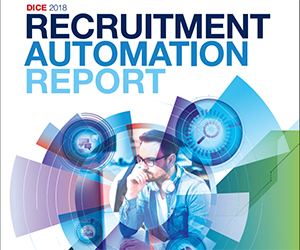This graphic design platform has an apt visual representation for documenting skills—a passport.
HR Brew
OCTOBER 3, 2024
Even if you think that analogy is a bit of a stretch, at graphic design platform Canva, employee skills are viewed and cherished like stamps on a passport. Canva employs its “Skills Passport” framework as part of its skills-based hiring approach. In recruiting.























































Let's personalize your content